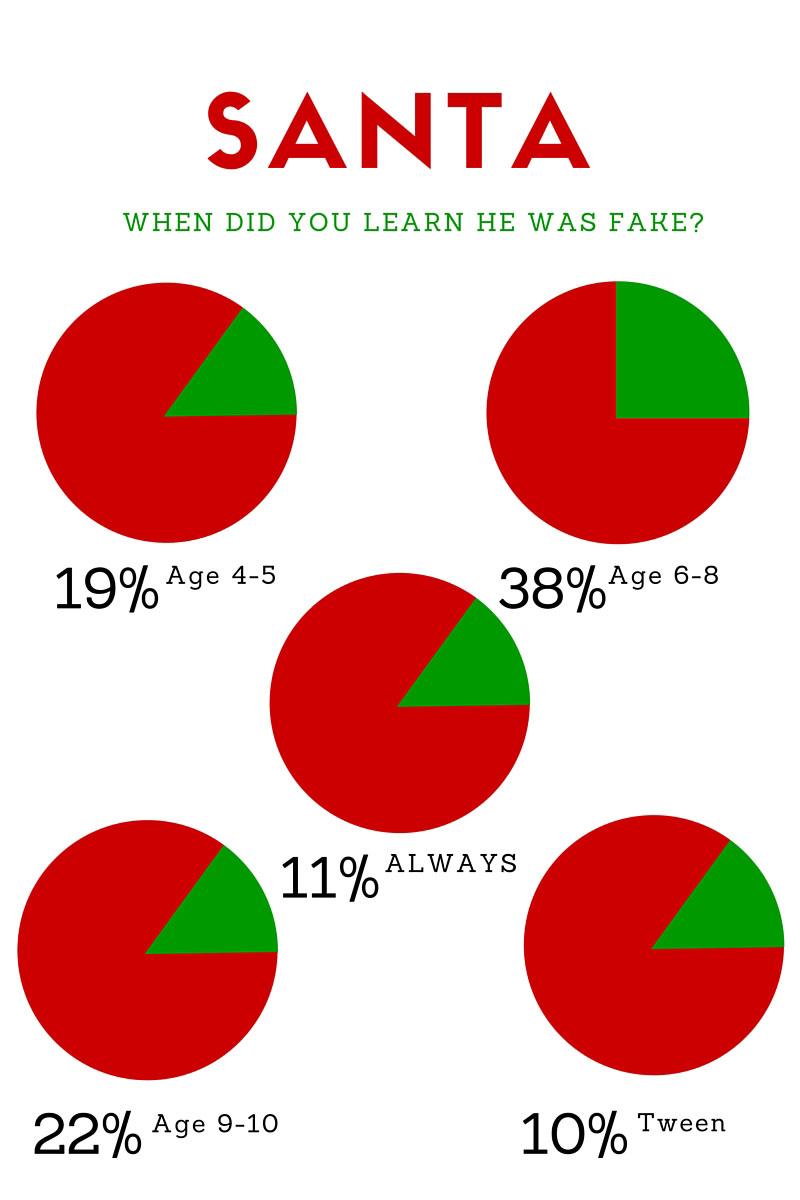Students share their Christmas traditions
December 11, 2015
Like a precious family heirloom, traditions are passed down from generation to generation, piecing together priceless memories that will be treasured forever. For five students, Christmas traditions consist of more than opening the presents underneath the tree.
For each person, Christmas rings a different bell. It means something special and unique. Sophomore Jonathan Frady relates much of his celebration to his religion.
“On Christmas Eve, we go to my church’s candlelight service and they do the Christmas story in the Bible, and at the end, we sing Silent Night as we light all the candles,” Frady said.
After going home, Frady and his family bake cookies and reread the Christmas story. They are then given one present to open with their parents, something they receive every year.
“We get a little present, an ornament, and then we hang them up and take the cookies out of the oven and put them on the plate with the milk and go to bed,” Frady said.
For sophomore Tala Erb, Christmas is celebrated in a way much different than the average American family.
“What we do is St. Nick’s Day. We leave our shoes out on the fifth at night,” Erb said.
The next day, she wakes up to find them filled with candy and presents.
“It’s a European thing,” Erb said.”It is not very popular in America.”
In sophomore Josh Bright’s case, he relates his Christmas tradition to the celebration of his adoption.
“My Christmas tradition is really is my adoption day tradition,” Bright said.
During the Christmas holiday, Bright and his family attend the Galaxy of Lights, celebrating Christmas and Josh’s special day.
“We get on the back of the truck and get a bunch of blankets, some boiling water, hot cocoa and peppermint and ride down the Galaxy of Lights and have a good time,” Bright said.
Junior Glenda Booker uses the day to not only open presents, but spend much time with family.
“For Christmas, my brother, sister and I usually wake up around 4 A.M and we go get the presents from under the tree and open them with our parents,” Booker said.
After getting more sleep for the day ahead, they leave to go spend time with her grandparents. After visiting and eating, she visits and spends time with her mom’s side of the family.
“We go to my grandmother’s house on my mom’s side and we have dinner with them and open all our gifts with our cousins,” Booker said.


Photo Credit: Photo by Hayleigh Pitts
The recent movie Krampus has seemed to dampen the Holiday spirit.
Krampus kills Christmas spirit
Santa Claus is coming to town. . .or not.
On Dec. 4, Legendary Pictures released their latest movie, called Krampus. There is only one significant difference between Krampus and every other holiday-based movie. Krampus is a horror movie. A creature known as the Krampus comes on Christmas Eve night not to give but to take from and the punish children who did not put their best foot forward this year.
The producers of Krampus meant for the Krampus to be a mutilated and evil-spirited version of St. Nicholas, which is in every way wrong. For decades, Santa Claus has been perceived as a happy, jolly figure; one that is loved by young and old. Santa Claus is supposed to be the prime example of how each person should act not just during Christmas, but all year round. Someone who is caring, loving and generous, who teaches children the power of giving. Legendary Pictures and the producers of Krampus have transformed and mutated this figure into something worldly and evil.
This is angering. Throughout my childhood, I looked up to Santa Claus and who I perceived him to be as a person. I saw his loving and giving nature as heartwarming and tried to emulate it. Because the secular aspect of this world is taking over, children are going to start being influenced by characters, such as the Krampus, instead of characters, like St. Nicholas who stand for the good and pure aspect of the world. The more we as people manipulate what little good in the world is left, the darker it will become.
Productions, such as Krampus, need to be put to an end to defend the little goodness still left in the world today.

Top 5 Gifts for the Holidays
Tis’ the season for tramplin’ and jinglin’, and thankfully that was all avoided as we set out on our adventure to discover the most wanted gifts this year. These gifts, all of which involved some sort of chip or charger, were found at the most common retailers around here. Our trek led us to Gamestop and Target, sadly Santa had not come yet so we could not afford the reindeer feed to get to Walmart. But what was seen would excite the eyes of any teen this time of year. Gifts, gifts, gifts galore! Speakers, consoles, tablets too! I know what I want, how ‘bout you?

Photo Credit: Photo by Hayleigh Pitts
The Santa revelation

Every child eventually experiences that crushing day when he or she realizes that Santa Claus, that totally implausible overweight gift-giver, is not real. For those of us who thrive on cynicism, it is almost difficult to remember a time when we could be so joyfully naïve — it took us a few years to realize that everything is horrible.
Santa may not be a flesh and blood person, but he is the representation of an important concept that lives on and on as long as we tell the story.
Children are quite adept at figuring out the essence of a story. I suspect that the reality of a character is more important to parents than it is to kids. For as long as we believe that our siblings or children believe in Santa, we can act the charade and fantasize that it means something big.
For me, it means childhood. Children still have this idea of some kind of magic that we wish we had. Most of the time, kids delay asking because they kind of know inside, and they do not want to pop the bubbles of this unrealistically fat man who somehow fits through roofs, even if you do not have one. I think if we have a bad relationship with children, they will be more insistent about finding out about the reality of Santa at an earlier age.
I believe that between the ages of 9 and 12, they will start asking or saying. In the twenty-first century, it is hard for a child to believe in a fictional character if their peers know the truth. Besides, technology has a widespread age range that is being advertised to a younger audience, and if they really want to know the answer then they can always ask Google.
I was taught to believe in Santa Claus but I was too smart to know of the foe. When I was younger an African American man came dressed in the white and red costume and appeared at our school. It was an amazing experience, but later on that day, my mother took me and my siblings and to the mall. Soon after entering the main entrance, all fantasies of Santa Claus were ruined. The man I saw was Caucasian and I knew that nobody could simply lose and or gain color. Even though I knew Santa Claus was a true figure physically, he soon became a spirit. He was another character in our stories and we all shared in telling the story, and none of us really wanted to do any critique of the story. For me, this is not about lying or maintaining belief. It is about the normal progression of mental development and understanding the difference between fiction and non-fiction. Both have an important place. They are also much closer to each other than a lot of people think, and many times it can be hard for adults to distinguish them.

